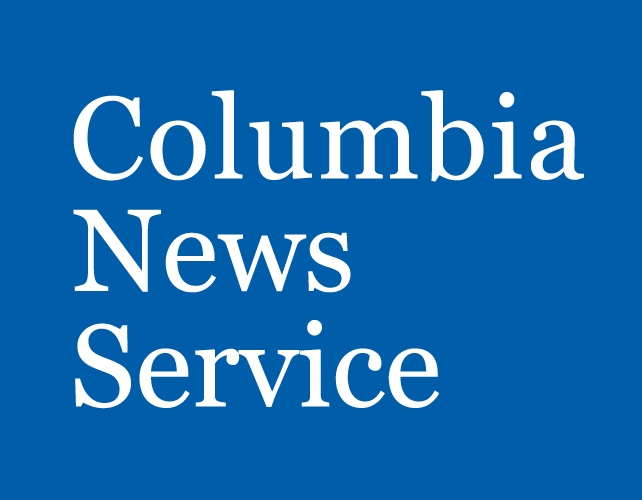A Columbia University satellite team is poised to take off, thanks to funding from NASA.
At the end of March, Columbia University’s satellite development team was chosen as one of the eight universities, including Harvard College and Saint Louis University, for nanosatellite flight opportunities by NASA CubeSat Launch Initiative. This is the first time Columbia University has been selected for the program.
“It gives the mission and the team just a lot of potential and a lot of opportunities that I feel like we definitely would not have if it weren’t the fact we got selected,” said Bruno Rergis, a Columbia Engineering student who will graduate this year. Rergis is also the former co-president of the Columbia Space Initiative, which founded the CubeSat team in collaboration with Columbia Robotics, another club.
When Matthew Werneken, a junior engineering student and co-president of Columbia Space Initiative learned the news, he “started screaming and messaging frantically on Slack.”
The nanosatellite, CubeSat, developed by students with a mini camera, will photograph light emitted from gas atoms in space to further the study of the movements of gasses and galaxies. And the learning will be shared with middle school students to address the team’s mission “to provide accessible and engaging astrophysics education for middle school students in underserved New York City public schools.”
David Schiminovich, co-director of Columbia astrophysics laboratory and a Professor of Astronomy, is an advisor for the CubeSat team and believes that CubeSat provides valuable opportunities to learn almost everything needed to fly a big satellite, which is difficult in New York due to the limitation of facilities.
In addition, the team has been awarded $60,000 for summer traveling internships, sending four interns to Kennedy Space Center and Albuquerque, New Mexico to develop skills to build CubeSat by the University Nanosatellite Program Mission Concept-1 Program.
Despite achieving success, the team was established in the fall of 2022. It took a lot of effort.
In September, both CSI and Columbia Robotics attended the school’s club fair and prepared booths for students to learn about the clubs and sign up for their newsletters. It was at one of the first meetings of CSI and Columbia Robotics, students were introduced to the launch of the CubeSat program.
Soon, members worked on the CubeSat proposal for NASA CubeSat Launch Initiative. Later, club members also submitted it to the University Nanosatellite Program Mission Concept-1 Program.
“The cool part is this whole proposal is really driven by what people wanted to research about this topic, and then we just worked from there,” Werneken said.
The proposal ballooned to 50 pages, which was written by club members with the help of other professionals in the field for review, including, Schiminovich, Michael Massimino, professor of professional practice at Columbia and former NASA astronaut, and Keenan Albee, a NASA jet propulsion laboratory robotics technologist.
“It was very daunting to start the proposal because we were struck with how much we didn’t know about what we had to do,” Khouider said. “But, it was very rewarding because it was very much starting from a place we didn’t know much about and getting to a place where all of the sudden, all these subsystems and connections start to make sense to us. And I really really like to work with the team here because everyone here is so nice and had a lot of fun.”
Khouider especially loved the collaborative environment. Khouider is also one of the participants who will participate in the University Nanosatellite Program Mission Concept-1 Program internship.
“I’m very excited to be able to spend time this summer learning all the little pieces needed in order to make this project a reality,” she said. “Our goal is to come out of this summer with a clear plan and model for satellites, knowing what we have and what we need.”
Manuella Kwawu, an engineering student, said she is particularly eager to learn beyond the opportunities that CubeSat can provide.
“I’m also excited to work with the outreach mission that will give high school students the opportunity to experience engineering up close, and beyond what they would ordinarily have access to in their classroom,” Kwawu said.
It is the mission of the team to create a legacy and opportunities for space education that lasts. To achieve the goal, members are continuously looking for funding opportunities and sponsorships because of the raw materials and the costs of the development.
Editor’s note: the author of this story is a first-generation member of the Columbia team that won funding from NASA and the University Nanosatellite Program Mission Concept-1 Program.
About the author(s)
Miho Ouyou is a journalist and student at Columbia University Graduate School of Journalism, specializing in data.



